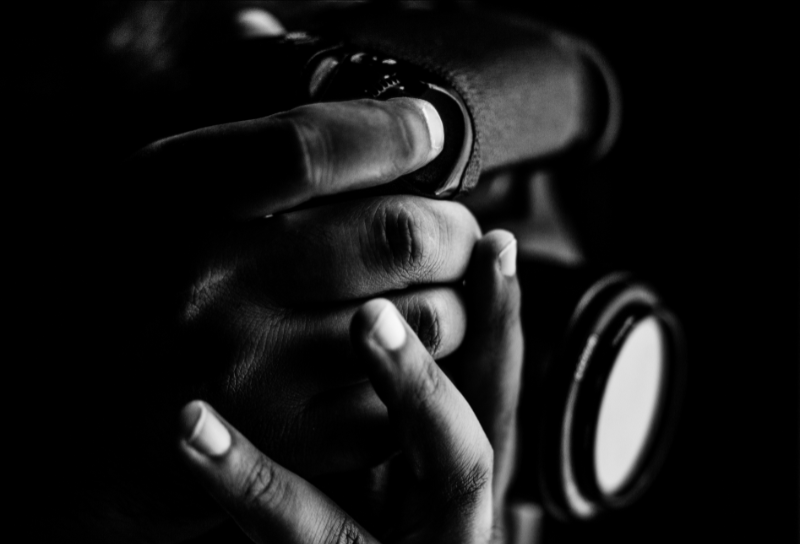The Dayton Art Institute regularly cycles through special exhibitions. In February, the exhibition showcased pictures taken by unknown artists. It is great to expose artworks from unknown artists because it shows that the work can be interesting even if we don’t know the artist.
The power of an image does not rely on knowing the name of its creator. If we remove the market’s identity from the equation, we have the opportunity to look very closely at what it is we can see and learn from the artwork itself.
The exhibition contains photographs from up to 150 years ago, and it shows humans living human moments.
In this exhibition, there are eight categories of images. Each of those explains to the viewer what we are supposed to see through the pictures.
Professional photographers:
Early in its history, photography was generally created by professional photographers. While the name of the studio is often known, the photographer who took the photograph was not recorded. Pictures that were usually taken, were autoportraits.
Hidden mothers:
It became a common feature of early photography to have photographs of children where mothers were recruited to help hold and soothe babies. Sometimes the images included a cloth or fur backdrop.
Special occasions:
Using photography as a record to document milestones or special occasions is a long tradition. The circumstances marking such occasions are wide-ranging: from holidays and military service to coming-of-age events like graduation or attending a formal dance. They are often captured frontally, with the photographer squarely facing the subject.
Prized possessions:
People often take photographs of their prized possessions. They pose with things and creatures they care about, often conveying a real sense of pride.
Travel:
Traveling is exciting and a wonderful excuse for taking photographs. They can be a reminder of a journey, a souvenir of a great vacation or as evidence to prove someone “really was there.”
Relationships:
Many portraits capture relationships; familial, romantic, platonic, etc.
Storytelling:
Human beings make sense of the world by linking things together. Photographs present one view of the world within the time it took to release a camera shutter.
Choices:
Photographs are the results of a series of choices: where to point the camera, how to focus the lens, what shutter speed and aperture settings to choose, and when to “push the button.”
If you want to visit future exhibitions, remember to present your Tartan ID in order to get free access.
Photos and words by Oona Ngabonziza, Reporter

